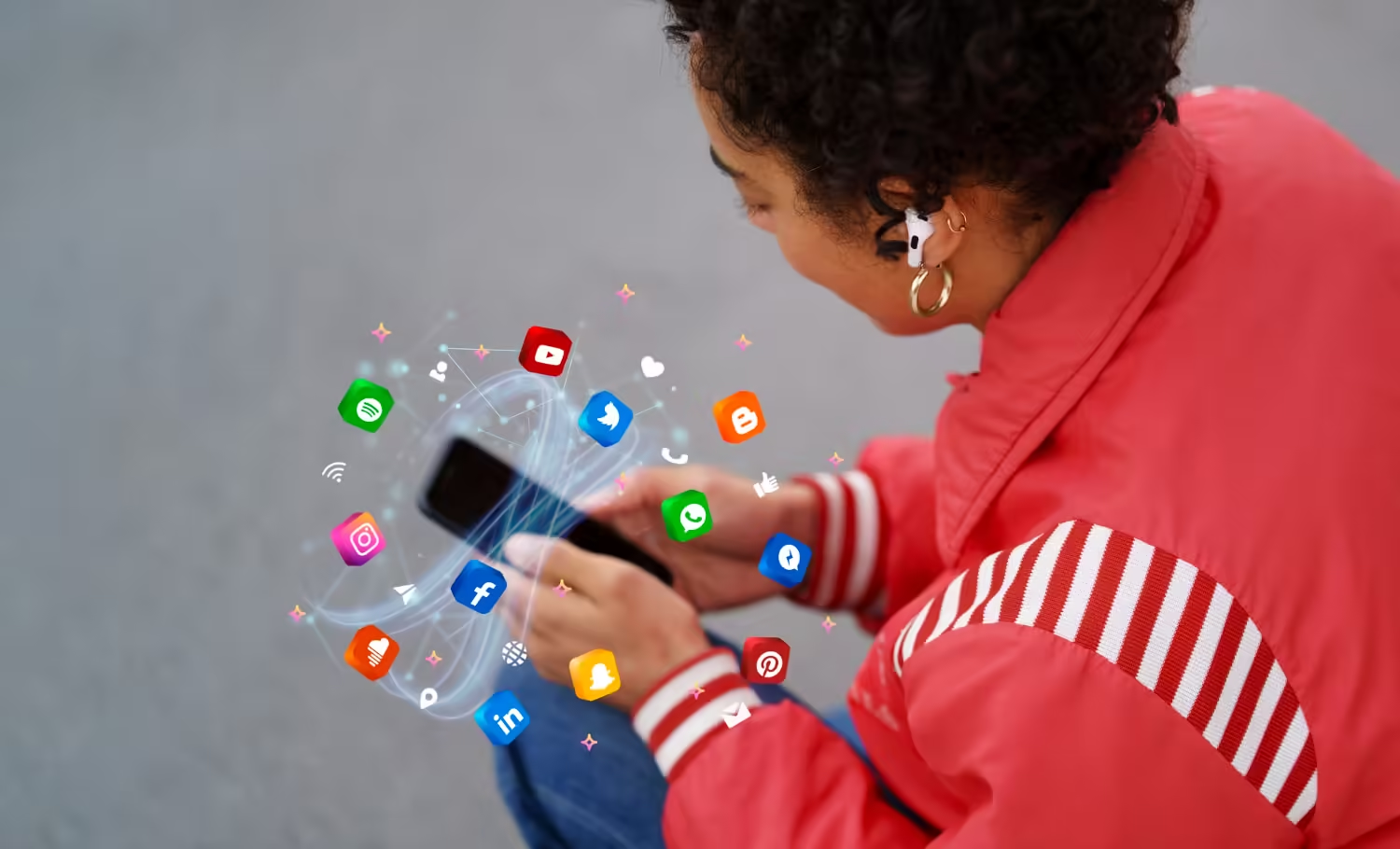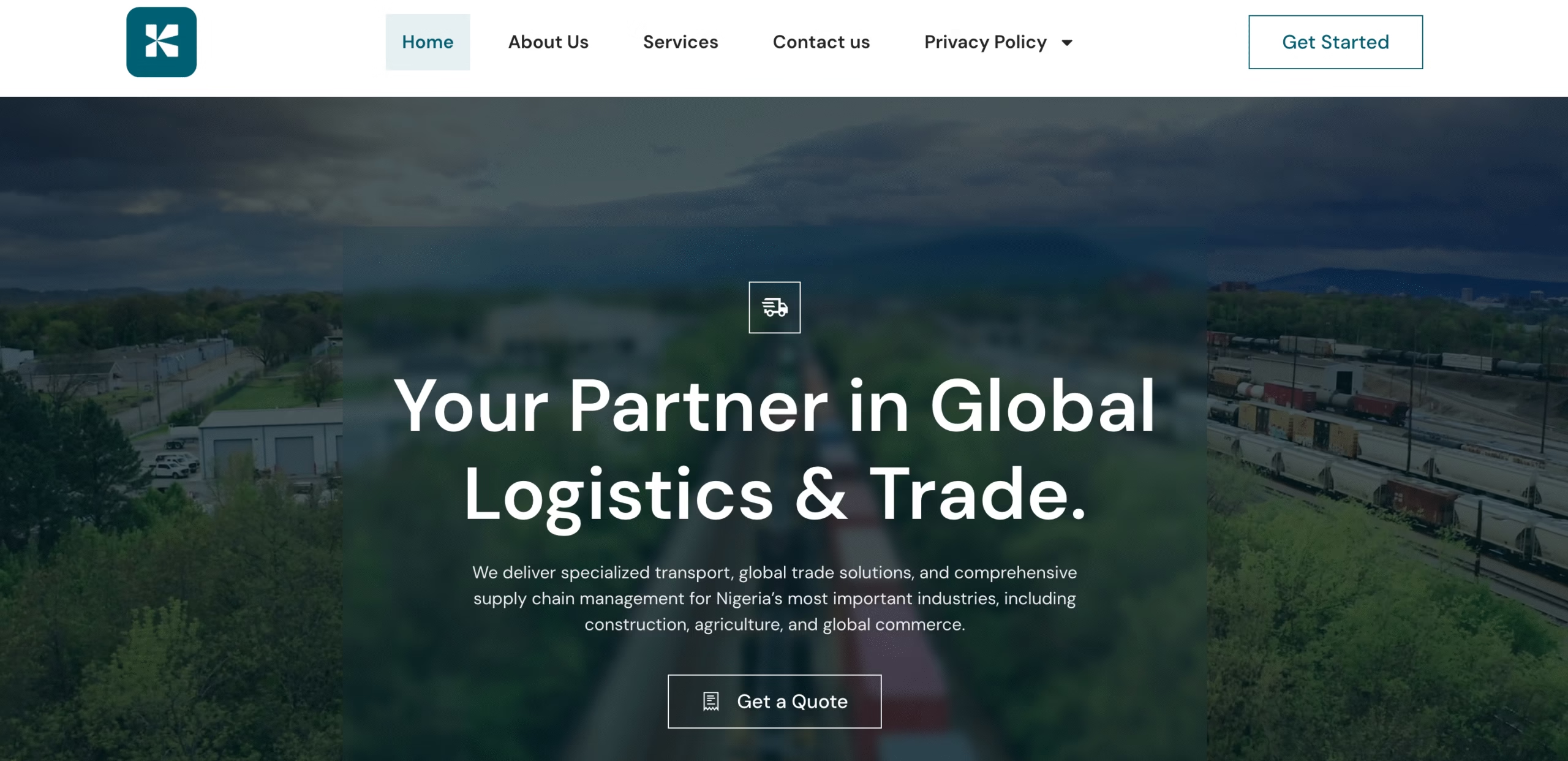Here’s a statistic that might make you rethink your entire digital marketing strategy: organic traffic converts at a significantly higher rate than paid traffic. Many businesses and brands spend a lot of their resources on advertising without knowing this.
But give it some thought. Isn’t it more likely that those who find you through search engines, social media, or referrals are already interested in what you offer? They’re warmer leads, more likely to engage with your content, and ultimately, more likely to become loyal customers.
The challenge is that getting that organic traffic in the first place may prove extremely difficult. It takes time, effort, and a whole lot of grit. That’s why many marketers are turning to paid media.
While organic traffic may be the fire, paid media is like the initial spark that helps you reach new audiences, generate initial interest, and drive those valuable first-time visitors to your website. Once the new audience comes, your ccontent marketing can then work its magic, turning those visitors into loyal fans and brand advocates. Thus, paid traffic and organic traffic are important.
This article will clearly show the relationship between the two and how paid media can complement organic traffic.
What is Organic Traffic?
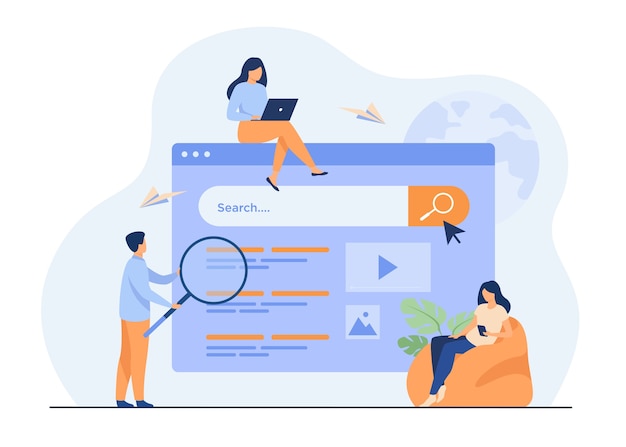
Organic traffic refers to the visitors that land on your website through unpaid sources. These visitors find you through search engine results pages (SERPs), social media posts, or links from other websites. Essentially, they discover your online presence naturally, without you having to pay for their attention directly.
Sources of Organic Traffic
There are several main avenues through which organic traffic flows to your website.
1. Search Engine Optimization (SEO)
SEO refers to the process involved in optimizing your website and content to rank higher in search engine results. When someone searches for a relevant keyword, a well-optimized site will appear among the top results, driving organic traffic your way.
2. Content Marketing
Creating high-quality, informative, and engaging content that addresses your audience’s needs and interests is a cornerstone of organic traffic generation. Valuable content attracts visitors and encourages them to explore your website further.
3. Social Media Engagement
Building a strong social media presence and fostering an active community around your brand can be a significant source of organic traffic. When your followers share your content or engage with your posts, it increases your visibility and drives traffic to your website.
Benefits of Organic Traffic
Organic traffic offers several advantages that make it a highly desirable source of visitors. The most important are as follows;
- Credibility and Trust: Users inherently trust organic search results more than paid advertisements. They perceive organic listings as more credible and unbiased, leading to higher engagement and conversion rates.
- Long-Term Sustainability: Unlike paid traffic, which stops when your budget runs out, organic traffic can provide a consistent flow of visitors over the long term. By investing in SEO and content marketing, you build a sustainable online presence that continues to attract visitors over time.
- Cost-Effectiveness: While building an organic traffic strategy requires time and effort, it can be more cost-effective in the long run compared to paid advertising. Once you establish a strong organic presence, you can reduce your reliance on paid campaigns and still enjoy a steady stream of visitors.
How Paid Media Amplifies Organic Reach
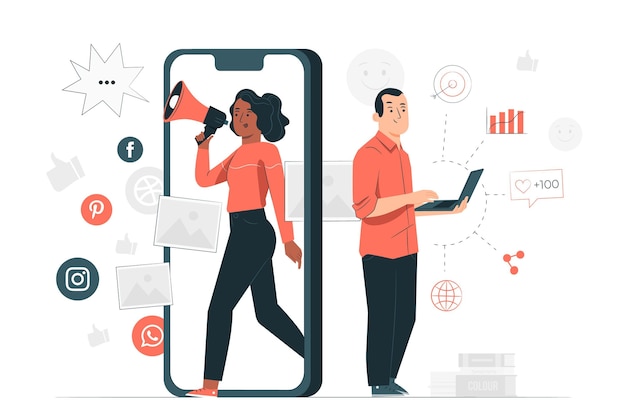
Paid media can act as a catalyst, boosting your organic reach and accelerating your growth. It does this in several ways.
1. Boosting Brand Awareness and Visibility
Paid media can be a powerful tool for increasing your brand’s visibility and reaching a wider audience. When people see your brand across multiple channels – search engines, social media, websites – they become more familiar with it and are more likely to search for you organically or click on your organic listings in search results.
For example, imagine you’re a new skincare brand in Nigeria. You could run paid social media campaigns showcasing your products and brand story to a targeted audience of beauty enthusiasts. As people become more aware of your brand through these ads, they might start searching for your products on Google or visiting your website directly.
2. Testing and Refining Keywords
Paid search campaigns can be a valuable testing ground for your SEO strategy. By running targeted ads on Google Ads, you can gather data on which keywords are driving the most traffic and conversions. This information can then inform your organic keyword research and content optimization efforts.
For instance, if you’re an e-commerce store selling shoes, you might run paid search campaigns targeting keywords like “women’s running shoes” or “men’s leather shoes.” By analyzing the performance of these campaigns, you can identify which keywords are most effective in driving qualified traffic and sales. You can then use this data to optimize your website content and improve your organic rankings for those keywords.
3. Improving Content Performance
You’ve created a fantastic blog post or video, but it’s not getting the attention it deserves. Paid media can help! By promoting your organic content through paid channels, you can increase its visibility, engagement, and reach.
You could use paid social media campaigns to promote your latest blog post to a targeted audience. This can lead to more social shares, comments, and backlinks, and positively impacts your organic rankings.
4. Targeting Long-Tail Keywords
Long-tail keywords are longer, more specific phrases people use when searching online. While it can be challenging to rank organically for highly competitive keywords, paid media allows you to target these long-tail keywords and reach a more niche audience.
For instance, a fitness centre in Lagos might target long-tail keywords like “best yoga classes for beginners in Lagos” or “affordable gym memberships in Ikeja.” This allows you to reach people who are actively searching for those specific services in your area.
5. Retargeting Website Visitors
Have you ever visited a website and then seen ads for that same website following you around the internet? That’s retargeting in action.
Paid media retargeting campaigns allow you to show ads to people who have previously visited your website but didn’t take a desired action, such as making a purchase or filling out a form. This can be a highly effective way to re-engage potential customers and guide them further down the sales funnel.
6. Building Brand Credibility
Seeing your brand in both paid and organic search results can enhance your brand credibility and authority. Users tend to trust brands with a strong online presence across multiple channels. It shows that you’re investing in your online presence and that you’re committed to reaching your audience.
7. Generating Data and Insights
Paid media campaigns provide a wealth of data and insights into your target audience, their behavior, and their preferences. This information can be used to inform your overall marketing strategy, including your organic content creation and SEO efforts.
Conclusion
While it may be true that organic traffic converts at a significantly higher rate than paid media, paid media can give you the much-needed push to reach those organic traffic levels. Think of it as the initial spark that ignites the fire of organic growth.
The best marketing strategies thus include a combination of paid media efforts and organic traffic. With such a holistic approach to digital marketing, you can be sure to achieve the level of visibility, engagement, and conversions you desire.
Need help setting up your paid media campaigns? Our team of paid media experts at Edens Digital can help you get your campaign ready.
